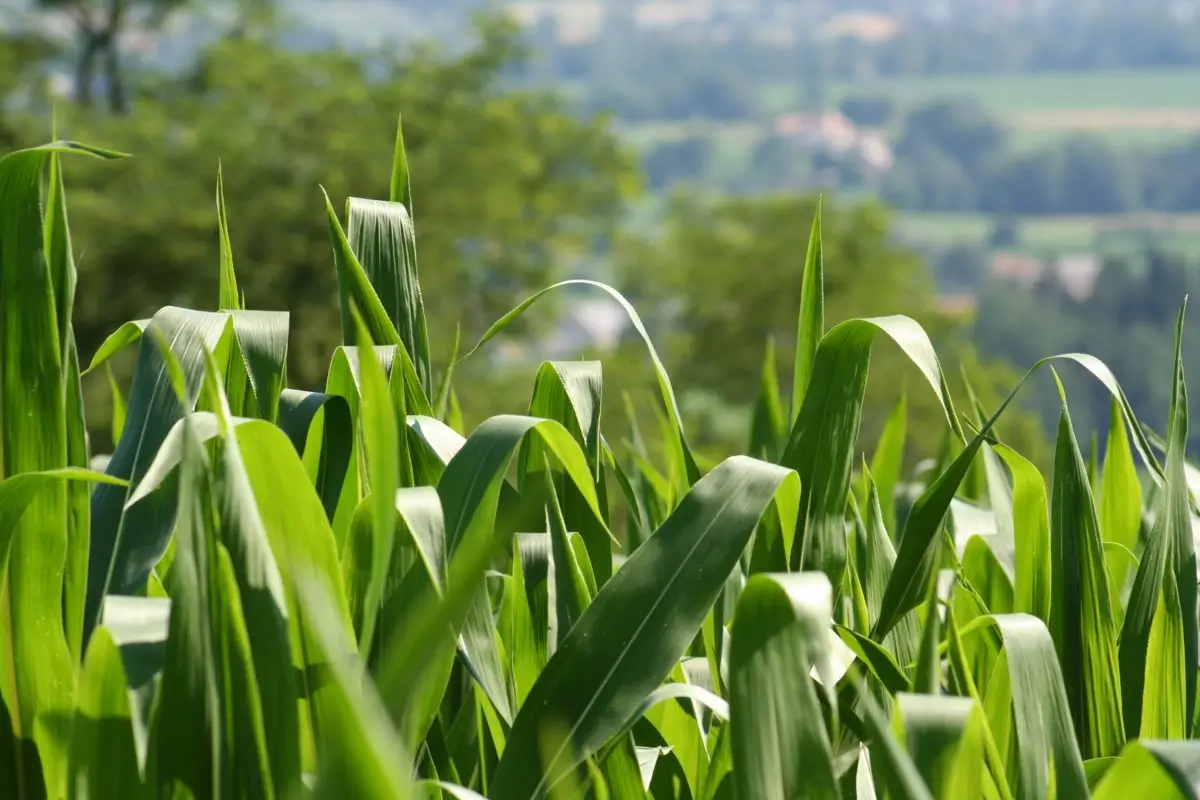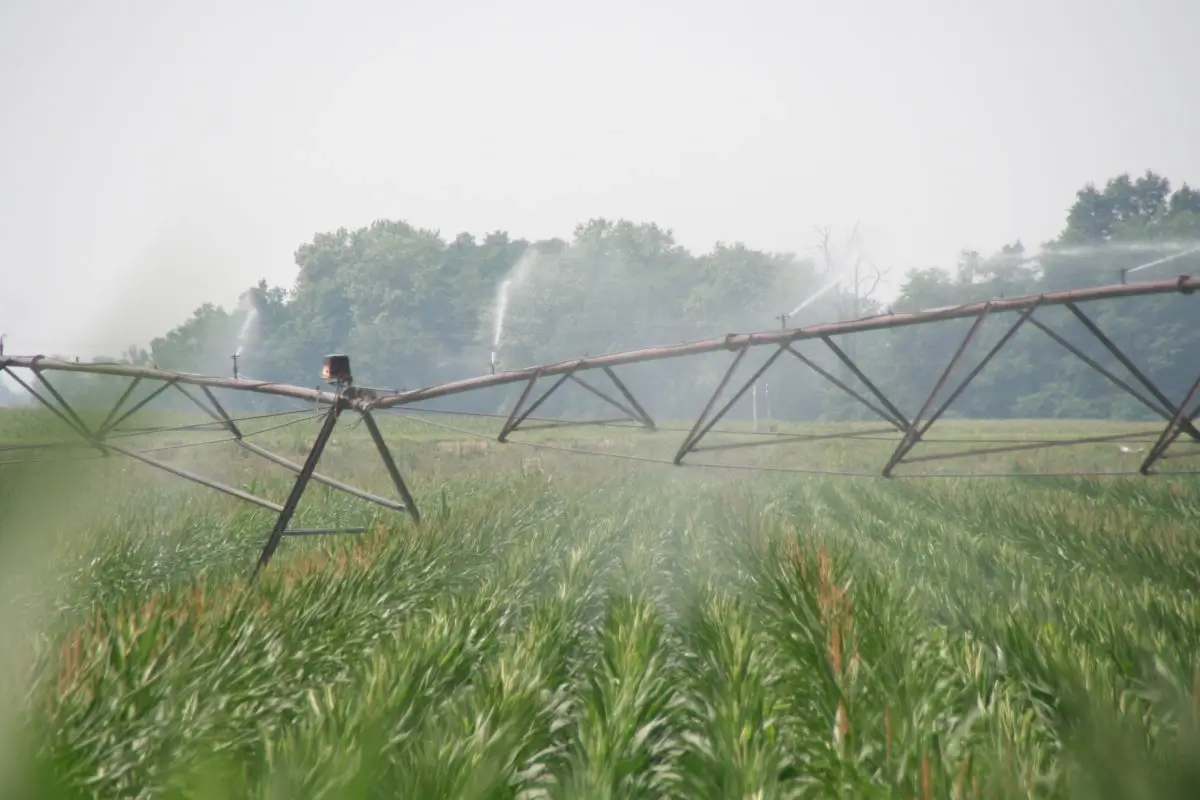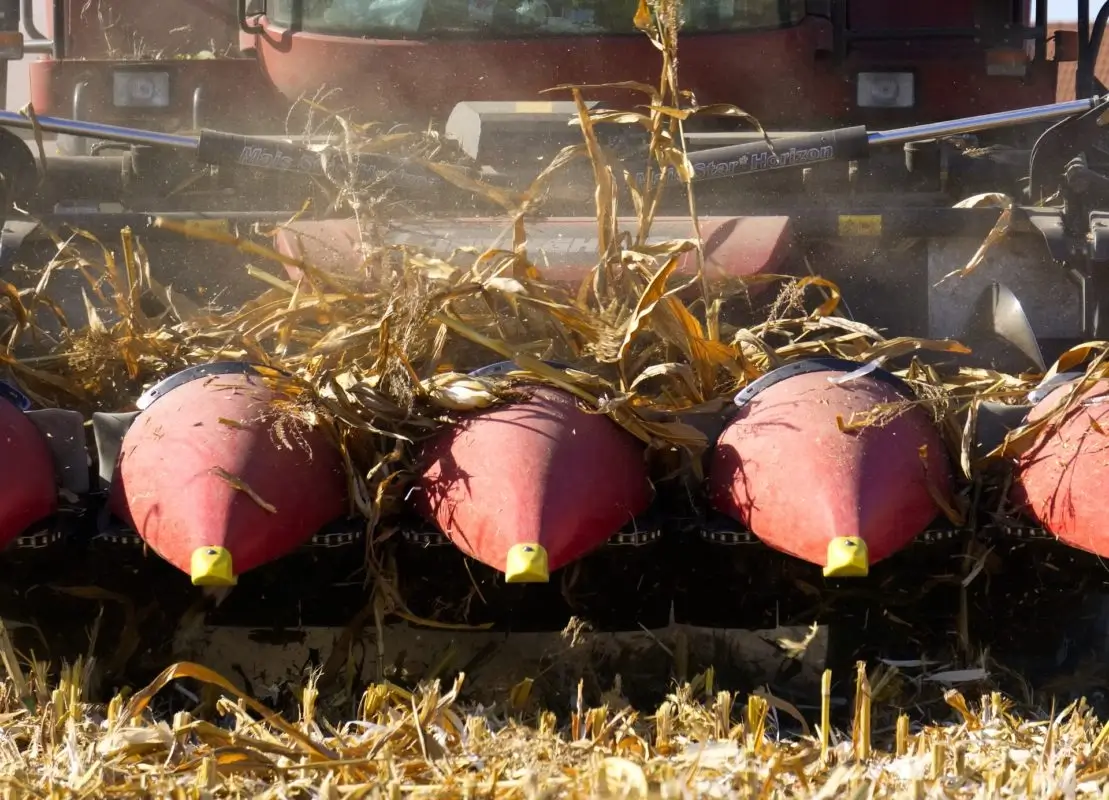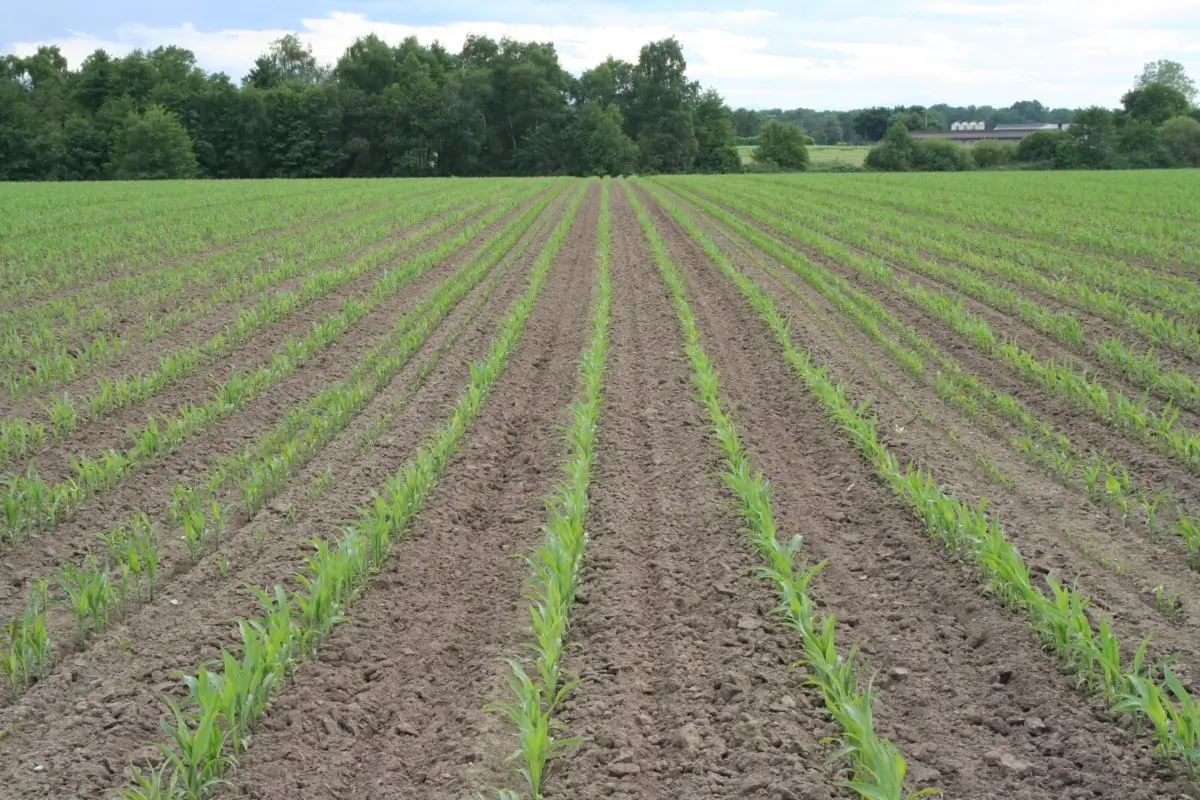Varieties
Regardless of where maize is grown, the choice of variety is a key factor in crop performance.

A strategic choice
Whether you are a farmer in Poland, Romania, France or Germany, the common criteria guiding your choice are yield potential, stability of performance and tolerance to water stress in relation to your local soil and climate.
The genetics of plant varieties now make it possible to grow hybrids that are both productive and robust, and increasingly tolerant of water stress.
Farmers are also looking for vigour at the beginning of the cycle (some form of tolerance to cold) and at the end of the cycle (good stem strength and rate of dessication). These criteria together ensure a more productive crop in a shorter period of time.
Defining crop earliness
Varieties are classified in groups according to their earliness. Very early to very late (7 groups) for grain maize and very early to semi-late (4 groups) for silage maize varieties. Earliness reflects differences in flowering dates and in the grain’s moisture content or the whole plant’s dry matter content. It will therefore determine the cycle’s length and the grain dessication rate. Cycle length is defined as the period between sowing and physiological maturity, which determines the yield. Physiological maturity corresponds to a grain moisture content of between 30 and 32% or 32 to 33% dry matter for fodder. To summarise, later varieties have a longer cycle, so they take longer to reach physiological maturity.
In grain maize, later varieties provide a better yield provided that the weather conditions (water and temperature) are favourable to the crop’s life cycle. In more restrictive situations, choosing an earlier variety will allow the plant to better express its potential.
For fodder maize, the earliness of the crop will determine the harvesting date, the herd’s use of it, and the quality of the fodder. A variety that is too early may produce less biomass from the whole plant than a later variety.
Mechanical quality
Farmers also demand varieties with good “mechanical” qualities. Mechanical quality refers to the variety’s resistance to early (vegetative) or late lodging.
With resistant varieties, farmers can wait until optimal harvesting conditions are met. Improved plant standability (lodging resistance) also allows higher planting densities, thus ensuring crop productivity.

In summary
Several factors must therefore be taken into account when choosing a variety. The earliness criterion, depending on its climate zone, the regularity of crop performance over time and its tolerance to biotic and abiotic stresses depending on the region where it is produced.
In Europe, no less than 2,000 varieties are developed and new varieties are added to the catalogue every year. All these resources constitute a comprehensive range of varieties suited to different climates, depending on the type of maize grown and its market.
Criteria to remember:
1. Yield potential
2. Regularity of crop performance and tolerance to water stress
3. Physiological earliness and the qualities that contribute to it: vigour at the start of the cycle and desiccation rate at the end.
4. Stem strength and standability
5. Tolerance to diseases
6. Plant growth habit and size

